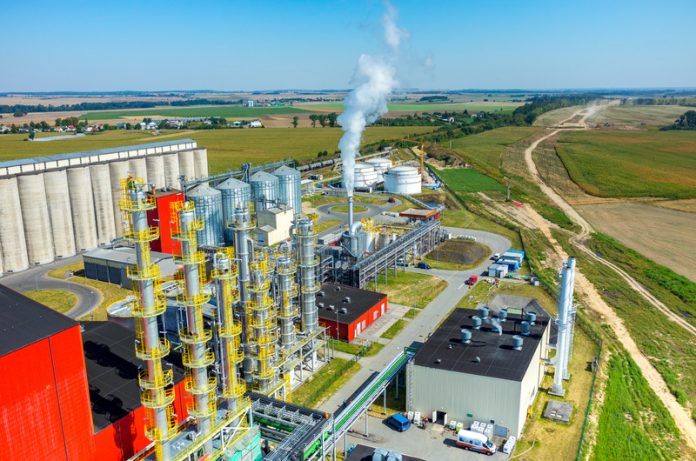We mainly survive on fossil fuel, which is fuel that took millions of years to form. Fossil fuels are geologic deposits that are buried deep underground. They were developed from decayed plants and animals and converted to natural gas, heavy or crude oils. When exposed to pressure and heat from the earth’s core for hundreds of millions of years.
The unfortunate part is that at the rate the world’s population is growing, we are fast depleting fossil fuels, and they are not replenishable in our lifetime. The only solution that remains is to turn to alternative and renewable energy solutions such as biofuels.
Biofuel is fuel that is derived from biomass or algae and plant material and animal waste. Since biomass is replenishable, biofuel is a source of renewable energy, unlike natural forming fuels such as coal, natural gas, and petroleum.
Types of Biofuel
There are three common types of biofuels, which include:
1. Ethanol
Ethanol is pure alcohol or ethyl alcohol and is probably the most common alternative biofuel used in motor vehicles today. Ethanol can be made using different sources, but the most commonly used are sugarcane and corn. IN 2011, the U.S government approved the use of ethanol blends up to 15% for use in motor vehicle models manufactured after 2011. Ethanol blends of up to 10% have been in use for a long time without any need for modifying the engines. The main question all along has been whether ethanol is sustainable as a biofuel alternative.
Ethanol is made by fermenting sugars derived from sugarcane or corn, and it contains oxygen, which helps a vehicle’s engine efficiently burn fuel, reducing emissions. In the U.S, most ethanol comes from corn, and fuel is made up of 10% ethanol and 90% gasoline. Brazil is the second-largest producer of ethanol after the U.S, and its fuel is composed of 27% ethanol, and they use sugarcane as tha primary feedstock.
2. Biodiesel
Biodiesel is becoming more popular, and it mimics the traditional petroleum-based diesel. Biodiesel is, however, derived from recycled cooking grease, animal fat, vegetable oils. Most biodiesel companies tend to collect used cooking oil from restaurants and convert it into usable biodiesel, which can be blended with the conventional petroleum diesel. Some military vehicles, trucks, and buses in the United States use fuel blends composed of up to 20% biodiesel as pure biodiesel may be compromised by frigid weather, causing complications in older engines.
3. Biobutanol
Biobutanol is the lesser-known fuel among the three biofuels, but it has the most potential. Biobutanol is isobutanol made from algae or bacteria, instead of animal or vegetable fats like biodiesel. Standard gasoline engines can use Biobutanol without prior engine modification.
Biobutanol is mostly derived from fermenting sugars from the organic feedstock. The most commonly used method of producing Biobutanol is fermenting simple sugars found in biomass feedstock. The by-product of this fermenting process is butanol, in addition to acetone and ethanol.
Biobutanol can reduce carbon emissions by a significant 85% compared to gasoline, which makes it a more viable alternative to gas and fuels that are a blend of gasoline and ethanol. At very high concentrations, biobutanol is mixed with traditional petrol instead of ethanol for use in unmodified engine models. Research has proven that biobutanol is usable in unmodified engines at 100 percent.
Conclusion
Global fuel consumption is at an all-time high in comparison to two decades ago. The global population has grown drastically, and the need for fuel for running engines, heating, and cooking has gone up. Fossil fuel deposits cannot keep up with the demand, and for hundreds of years, we have mined coal and other fossil fuels, pushing the supply even lower. Fossil fuels were formed over millions of years, and as they deplete, we have to find alternative fuel means. Biofuels are suitable as they are renewable and affordable to generate. As technology advances, biofuels will become cheaper and give us a sustainable alternative to fossil fuels when they eventually run out.



































